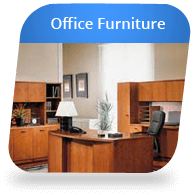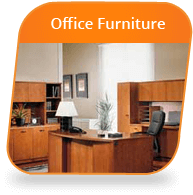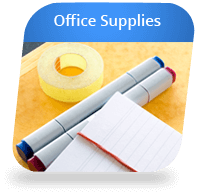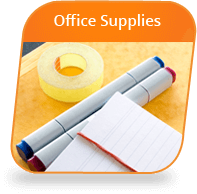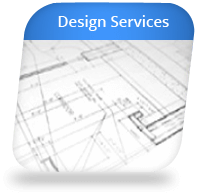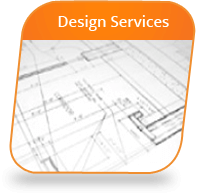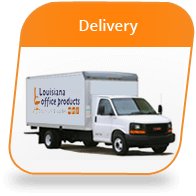It is often said that a change of scenery can dramatically improve one’s mood and outlook on life. But did you know that the colors around you can also have a significant impact on your mental state? Studies have shown that the color of a space can influence your emotions, productivity, and overall well-being. In the workplace, this means that careful consideration should be given to the colors of the office environment. Let’s explore the power of color in the office and discuss how it can be used to improve morale, focus, and productivity. We will also look at the best ways to use color in the office to maximize the benefits. By following along with the ROYGBV (red-orange-yellow-green-blue-violet) layout, we can best determine how and where to use these colors depending on your workplace.
Continue readingMonthly Archives: January 2023
Private Workspaces: Your Space, Your Way
Creating a private and personal workspace in the modern office can be a challenge. Working in an open office environment often means competing for resources, space and privacy. But it doesn’t have to be that way. How do you create a private and personal workspace in a modern office setting and make the most of your space? With the right combination of creativity, organization and design, you can create a workstation that is both private and personal. So, let’s get started!
Continue reading